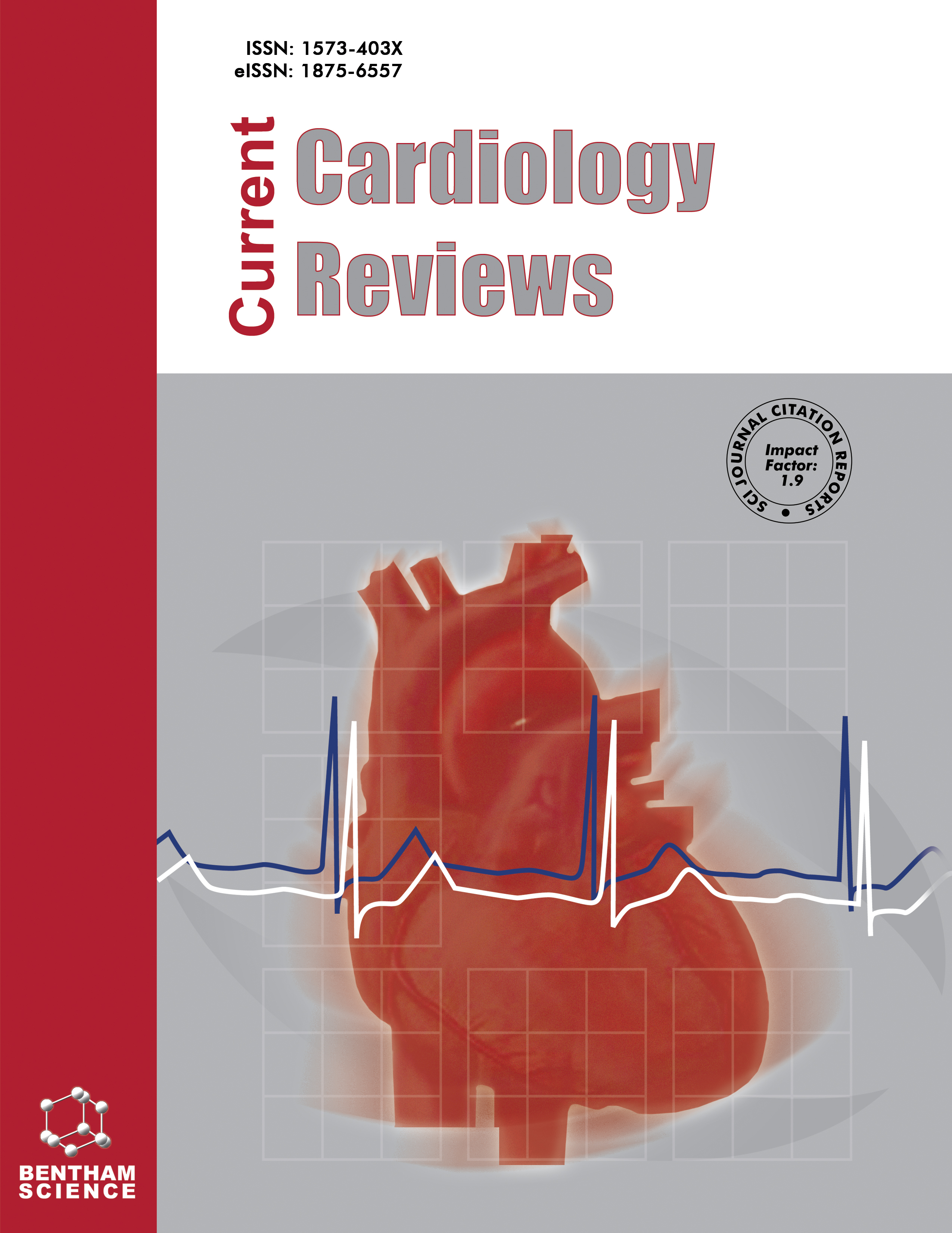
Full text loading...
We use cookies to track usage and preferences.I Understand
Thirty percent of deaths worldwide are caused by cardiovascular disorders (CVDs). As per the WHO data, the number of fatalities due to CVDs is 17.9 million years, and it is projected to cause 22.2 million deaths by 2030. In terms of gender, women die from CVD at a rate of 51% compared to 42% for males. Most people use phytochemicals, a type of traditional medicine derived from plants, either in addition to or instead of commercially available medications to treat and prevent CVD. Phytochemicals are useful in lowering cardiovascular risks, especially for lowering blood cholesterol, lowering obesity-related factors, controlling blood sugar and the consequences of type 2 diabetes, controlling oxidative stress factors and inflammation, and preventing platelet aggregation. Medicinal plants that are widely known for treating CVD include ginseng, Ginkgo biloba, ganoderma lucidum, gynostemma pentaphyllum, viridis amaranthus, etc. Plant sterol, flavonoids, polyphenols, sulphur compound and terpenoid are the active phytochemicals present in these plants. The aim of this article is to cover more and more drugs that are used for cardiovascular diseases. In this article, we will learn about the use of different herbal drugs, mechanism of action, phytochemical compounds, side effects, etc. However, more research is required to comprehend the process and particular phytochemicals found in plants that treat CVD.

Article metrics loading...

Full text loading...
References


Data & Media loading...

